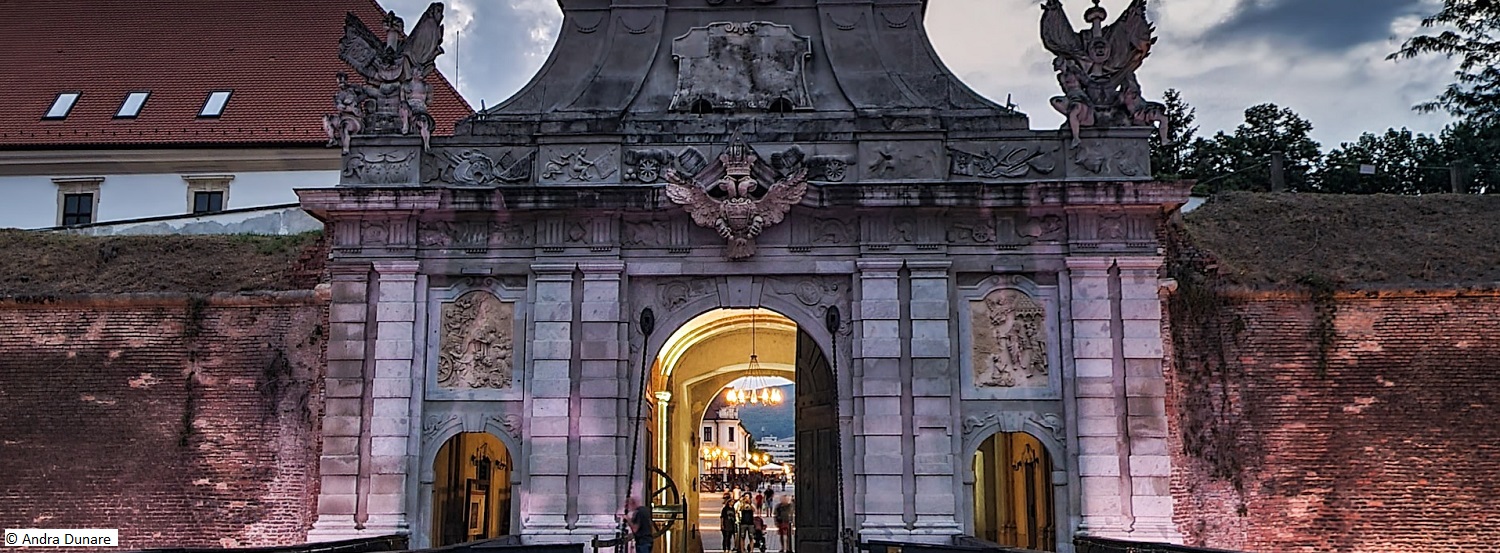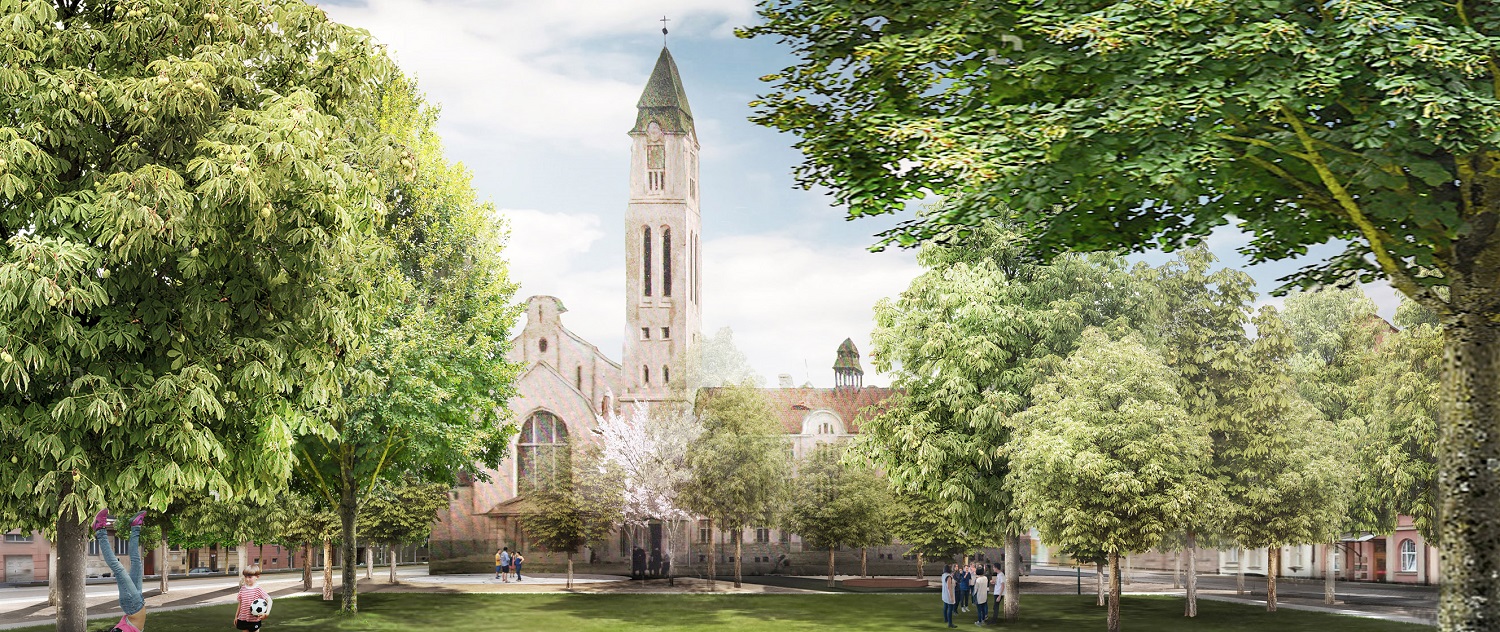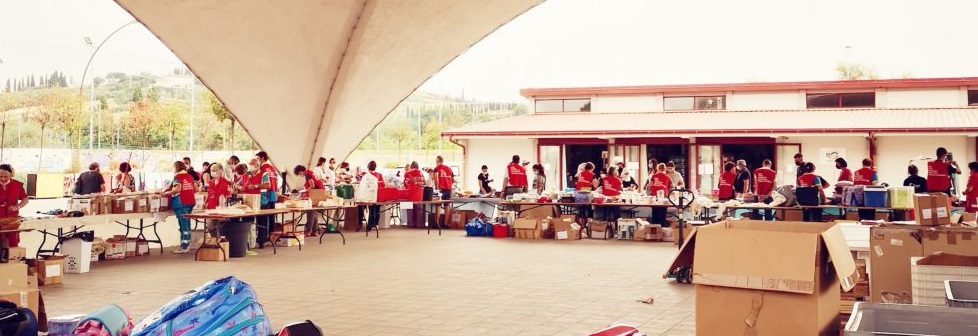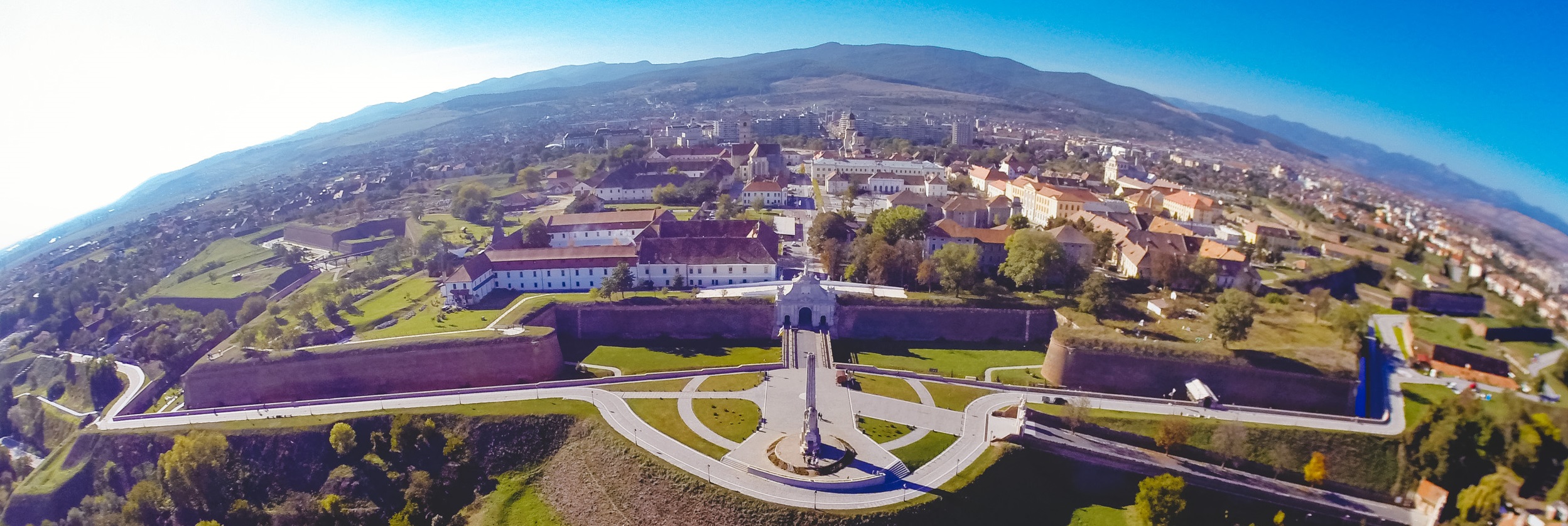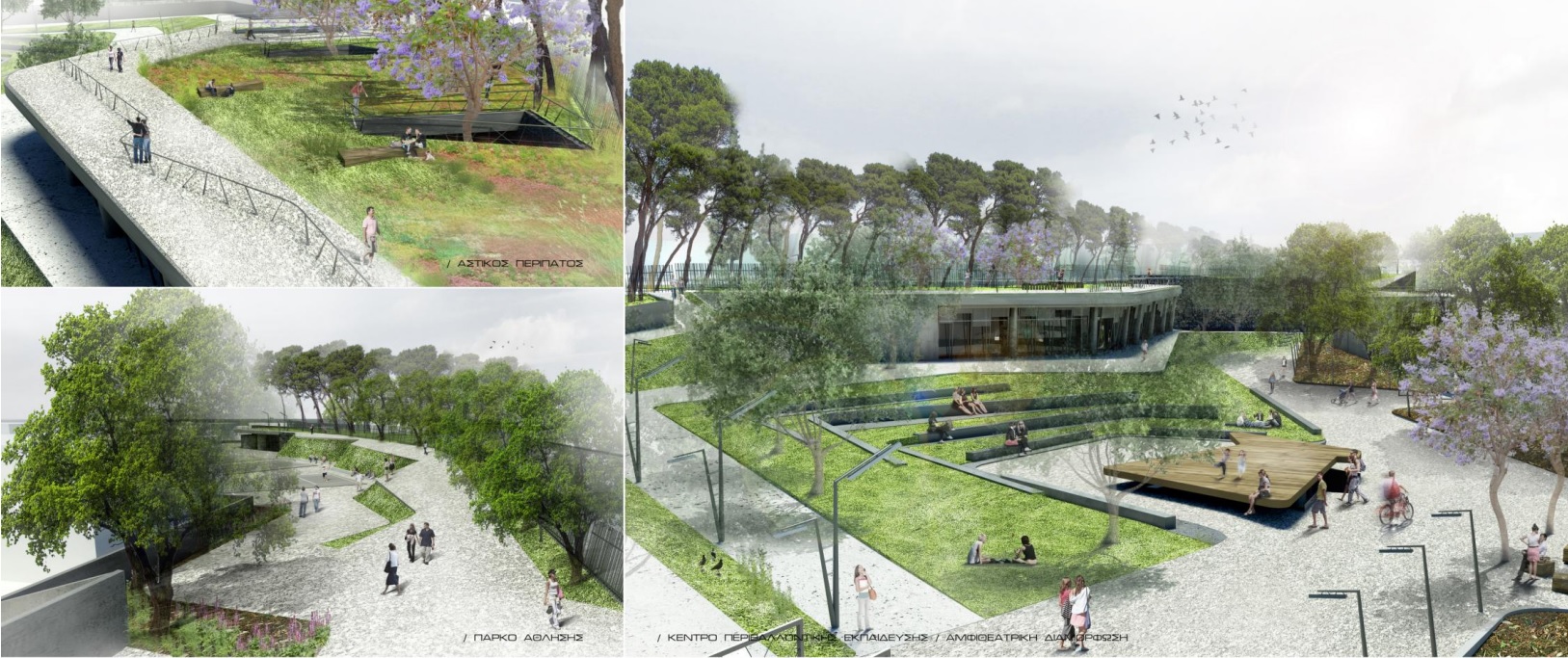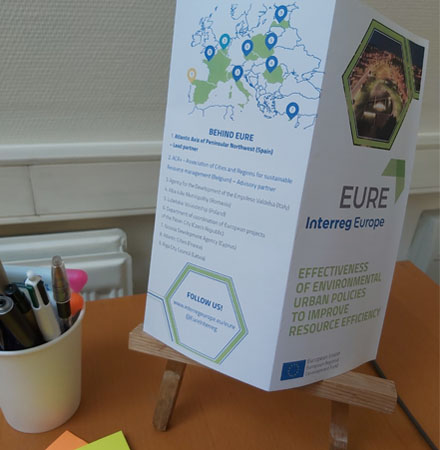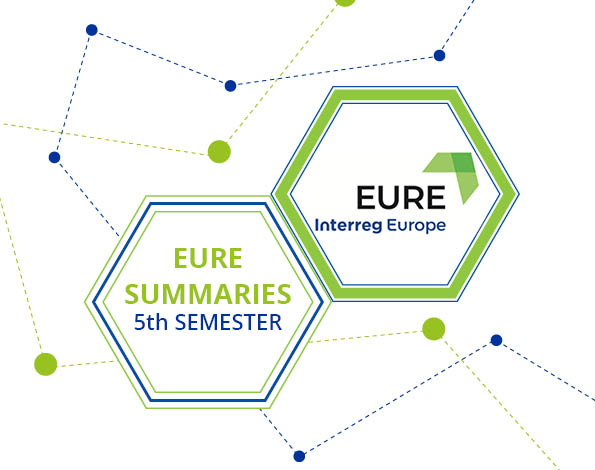The quality of the air has been defined as one of the urban challenges that the city wants to keep into consideration in the improvement of the regional policy instrument addressed by the project. Atlantic Cities, while working on its Regional Report, delineated each urban challenge through a SWOT analysis, which determines strengths, weaknesses, opportunities, and threats of a policy centered in improving the air quality of the city.
What does air pollution mean?
Air pollution is generated by a source (emissions), unequally diffused because of weather or topography (concentrations) where it meets population (exposition). Pollutants can affect us through respiratory tract or digestive tract or dermal route. Their effects depend on their chemical composition, the size of their particles, characteristics about our health, the exposure degree and inhaled or ingested dose. The sanitary impact of air pollution is, according to the WHO, the major environmental risk for health in the world. Thus, fighting against pollution is a priority and every step toward reduction of emission is good. Bretons are sensible to this topic.
How is Brittany affected by air pollution?
Knowing that Brittany is an agricultural land and motor transportation (especially by car) is widespread, air pollution can not be minimize. Even though winds coming from the ocean are keeping a good quality in the region, it already suffers from nitrate pollution. 60% of the nitrogen oxides emissions are caused by transportation. Two other subjects are under vigilance: biomass combustion and pollution due to agriculture. One habit to get rid of is the burning of green waste. Even though it is forbidden for private individuals, it is still allowed for farmers. Despite the emission of pollutants, this activity is dangerous and can lit accidental fires.
According to Air Breizh (association in charge of air quality surveillance in Brittany), the pollutants measured in Brittany are mostly Sulphur dioxide, carbon monoxide, nitrogen oxides, ozone, PM10, PM2.5. The areas facing the highest rates of pollutants are located along the Quimper-Brest axis, in the Lorient-Auray-Vannes region, around Rennes, along the axis of the bay of Saint-Brieuc and along the axis deserving Saint-Malo, i.e. areas where activities and population are concentrated.
There are 2 European directives for air regulation (2008/50/CE and 2001/81/CE) giving emission limits and recommendations. Then, locally some schemes and plans are implemented, and impact studies are conducted to regulate the actions.
The focus on the cities
Brest is the second agglomeration of Brittany with more than 200,000 inhabitants, 2nd military port in France. After the evaluation, a decision support tool, exploitable 5 years after its release, was created: “La Carte Stratégique Air”. In comparison to Brittany, Brest Metropole has more emissions due to transportation and less due to agriculture, which can be explained by its port, industrial and tertiary activities. The evaluation shows the location of the highest levels of pollutants: along the main and secondary axis and a little bit in the city-centre. A rise in the emission of ozone in the entire region can be noticed. Some pollution peaks are measured due to PM10 and sometimes NO2.
2 projects, a citizen-lead one, Ambassad’Air, and a European one, Project AQMO (started in September 2018) are working in order to improve the air quality in Rennes.
AQMO is developing an urban platform to complete the actual air quality measures tools and, then thanks to some calculations, it will deliver to citizens, local authorities, scientists and companies, new data and innovative services. Thus, the project will offer a new type of analysis of air quality for urban planning, new economic activities and jobs, stimulation of the citizen involvement and finally the air quality. The AQMO project is a European initiative for “smart cities” (use of the high-performance computing).
The Ambassad’Air project falls within the example the the Smart Citizen project in Barcelona. Since the air quality in Brittany’s capital is neither excelled nor bad but faces pollution peaks due to nitrogen dioxide or fine particles, Ambassad’air is led by the municipality of Rennes and the “Maison de la consommation et de l’environnement” and it wants to mobilize inhabitants about the air quality in Rennes. The idea is to measure air pollution thanks to open-source micro-captors which can be used by citizens. The first edition was launched in 2016-2017 and it has been renewed ever since. Actions are taken in neighborhoods, with associations, companies and private people and in schools. Other stations are built to keep measuring the air quality (e.g. 3 new stations in Brest).
Please, contact Atlantic Cities if you want to know more and to be involved in the EURE local stakeholder group of Brittany Region.



